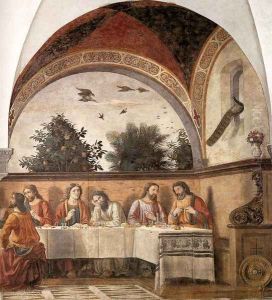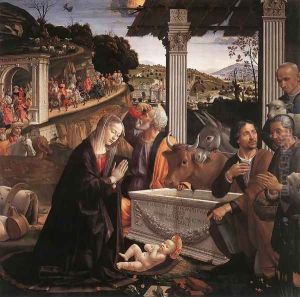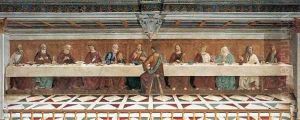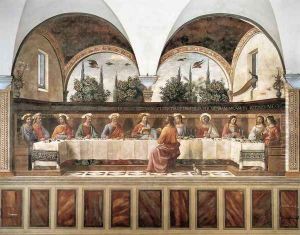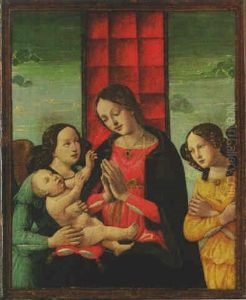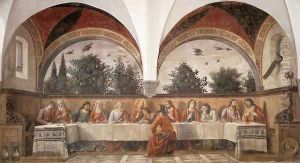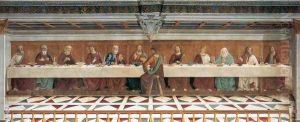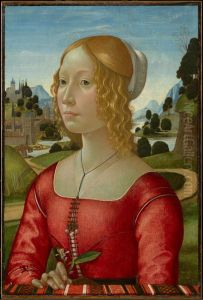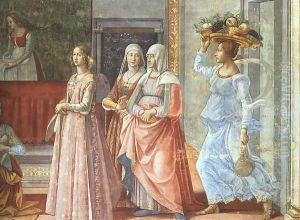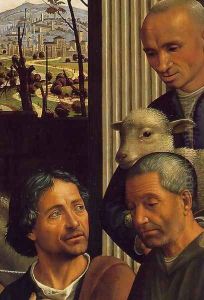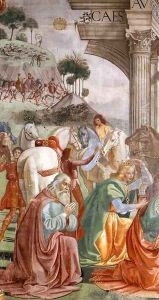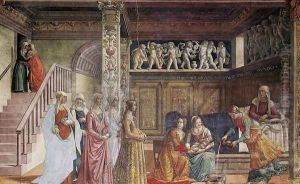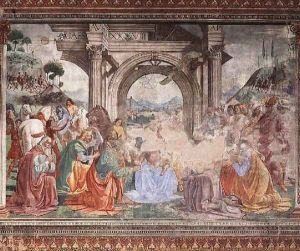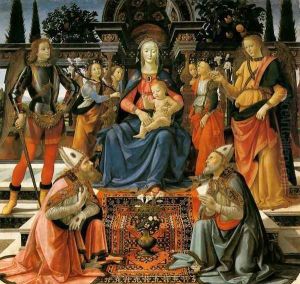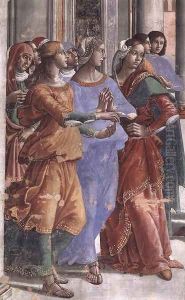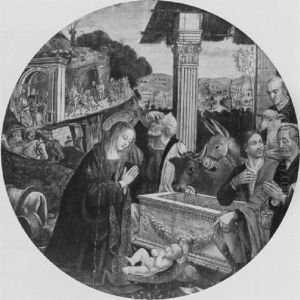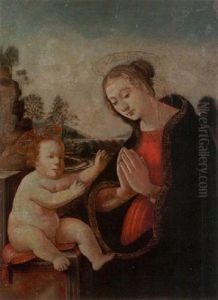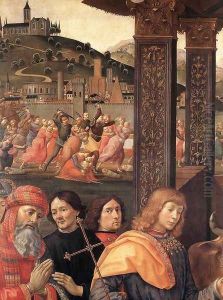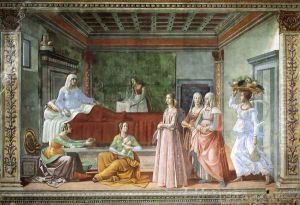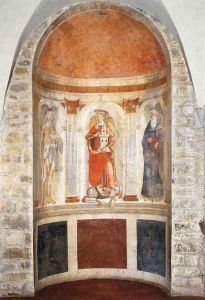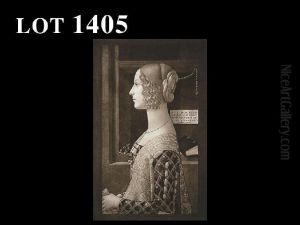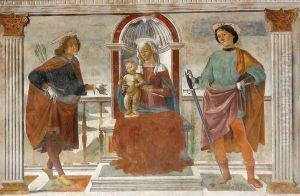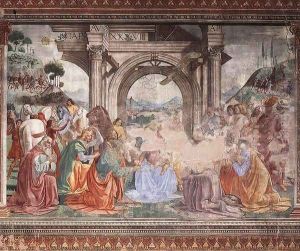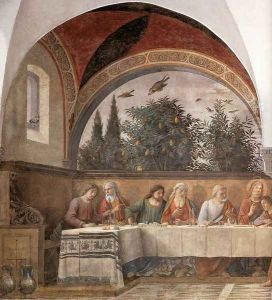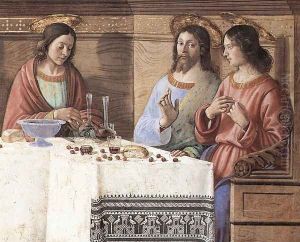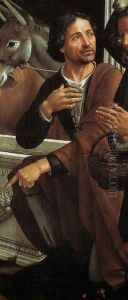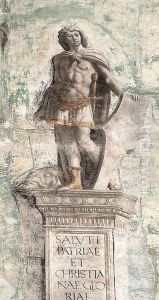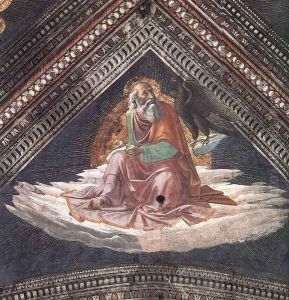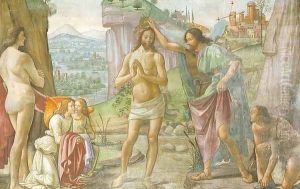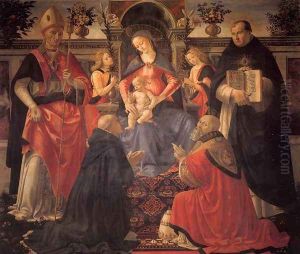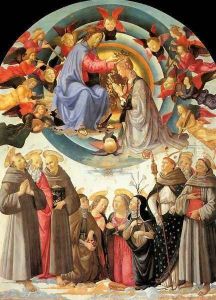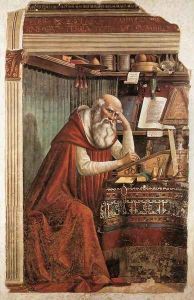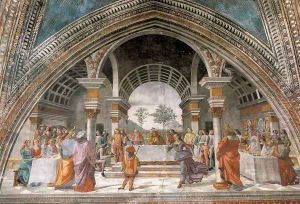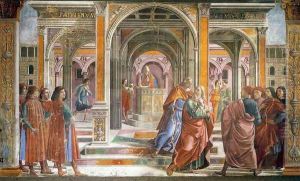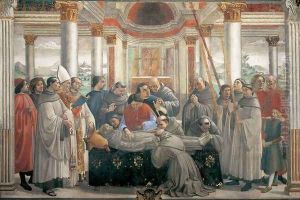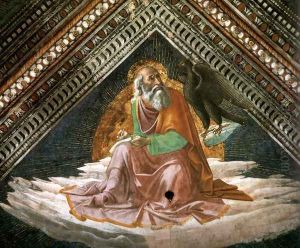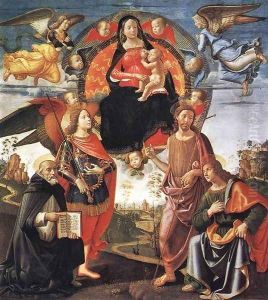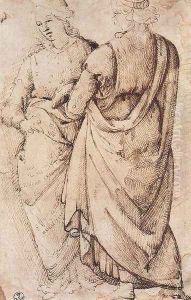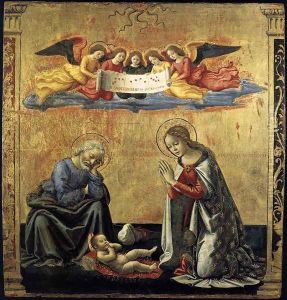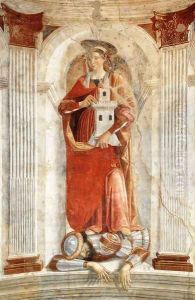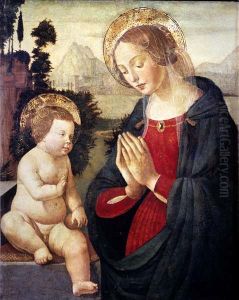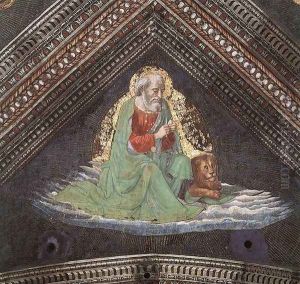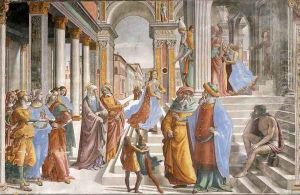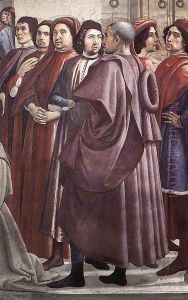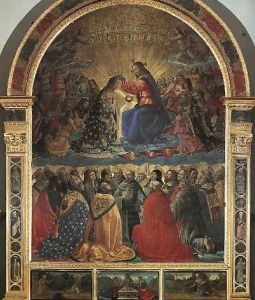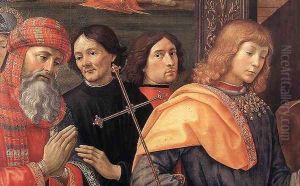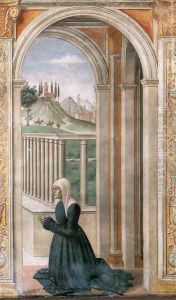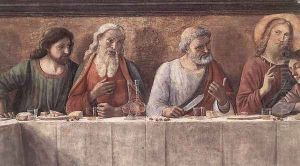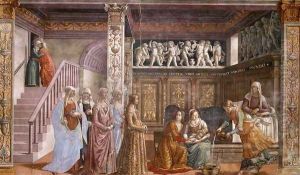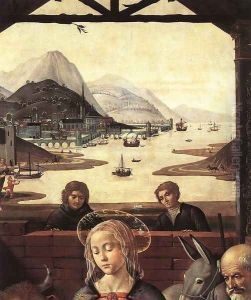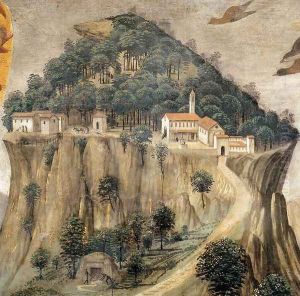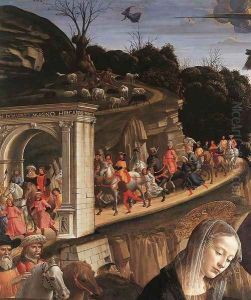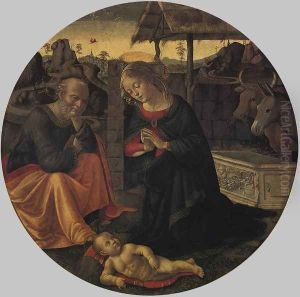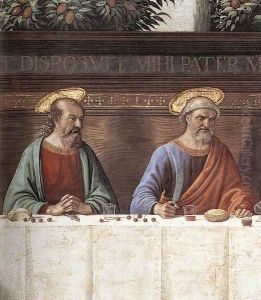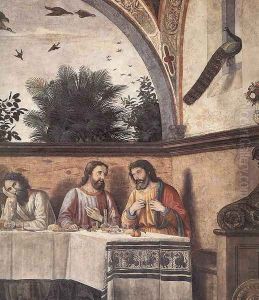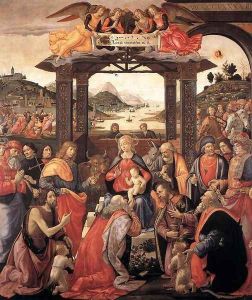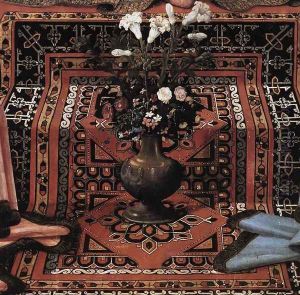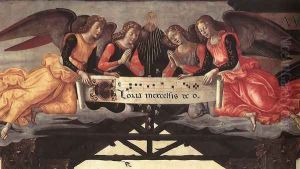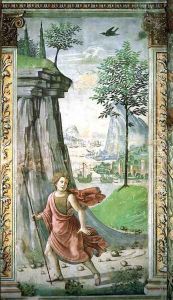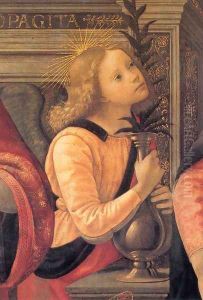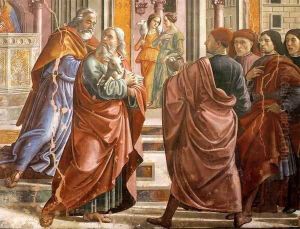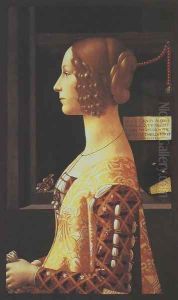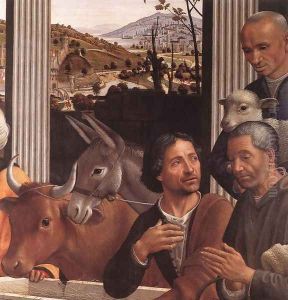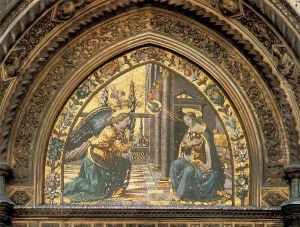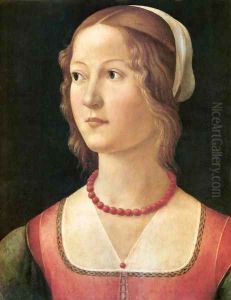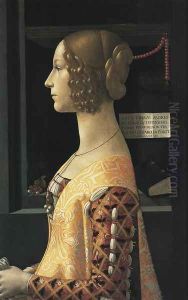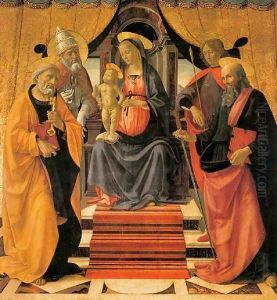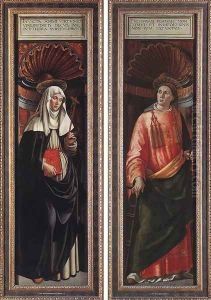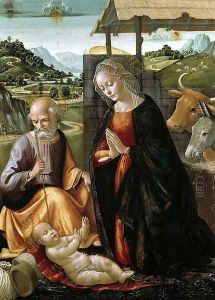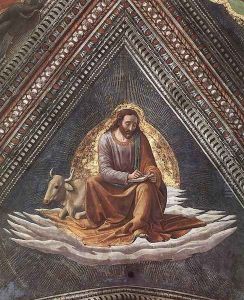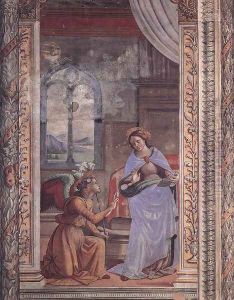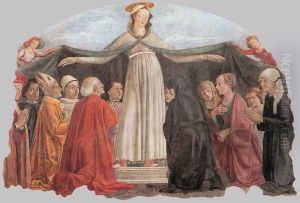Ghirlandaio Domenico Paintings
Domenico Ghirlandaio, born Domenico di Tommaso Curradi di Doffo Bigordi in 1449 in Florence, Italy, was a prominent Renaissance painter known for his detailed frescoes and altarpieces that captured the spirit of his times with remarkable historical accuracy and a vivid narrative style. Ghirlandaio's talent was evident from a young age, and he was apprenticed to a goldsmith, which is reflected in the meticulous detail and luxurious ornamentation of his paintings. However, painting was his true calling, and he soon shifted his focus to become one of the most sought-after artists of his generation.
Ghirlandaio's work is characterized by its rich detail, use of perspective, and incorporation of contemporary Florentine life and landscapes, making his frescoes a valuable document of the Renaissance period. He was particularly skilled in portraiture, integrating portraits of his contemporaries into religious scenes in a manner that was both innovative and deeply humanizing. This approach not only showcased his technical skill but also provided a vivid snapshot of Florentine society and its leading figures.
He received commissions from some of the most prominent families in Florence, including the Tornabuoni and Sassetti families, and his work attracted the attention of the Medici, the ruling family of Florence. One of his most famous works is the cycle of frescoes in the Sassetti Chapel in Santa Trinita, depicting scenes from the life of St. Francis of Assisi, which is celebrated for its detailed narrative and depth of emotion. Another masterpiece is the Tornabuoni Chapel in Santa Maria Novella, where his frescoes depict scenes from the lives of the Virgin Mary and John the Baptist, incorporating members of the Tornabuoni family into the religious narratives.
Ghirlandaio also played a significant role in training the next generation of artists, with his workshop being one of the most esteemed in Florence. Notably, Michelangelo Buonarroti was among his apprentices, and Ghirlandaio's influence is evident in the work of his illustrious student. Despite his relatively short life, Domenico Ghirlandaio left an indelible mark on the Renaissance, blending technical mastery with a keen observation of human nature and a rich portrayal of contemporary life. He died in 1494, leaving behind a body of work that continues to be celebrated for its beauty, historical value, and technical excellence.
